- Tags:
- Buddhism / cemetery / Kukai / Okunoin / Shingon Buddhism
Related Article
-
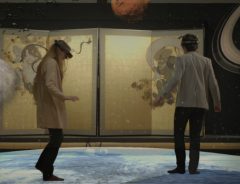
Now You Can Experience Traditional Japanese Art in Mixed Reality at Historic Kyoto Temple[PR]
-

Beloved Japanese Robot Pepper Is Now Performing Funeral Services
-
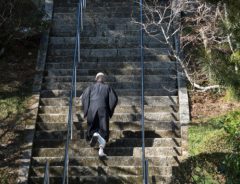
Videos Show Japanese Monks Protest Driving Law by Performing Awesome Feats in ‘Restrictive’ Robes
-
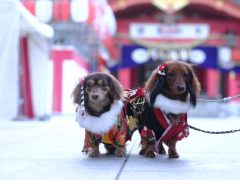
Japanese Shichi Go San Ceremony for Children Can Now be Performed for Pets Too
-
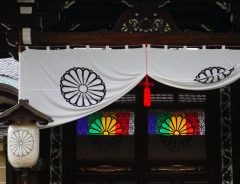
Experience a three dimensional mandala at Kyōto’s Tōji Temple
-
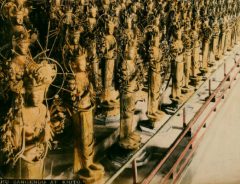
Kyoto’s Sanjusangendo Temple of 1001 Buddhist Statues: An Antidote to Instagram Travel Culture
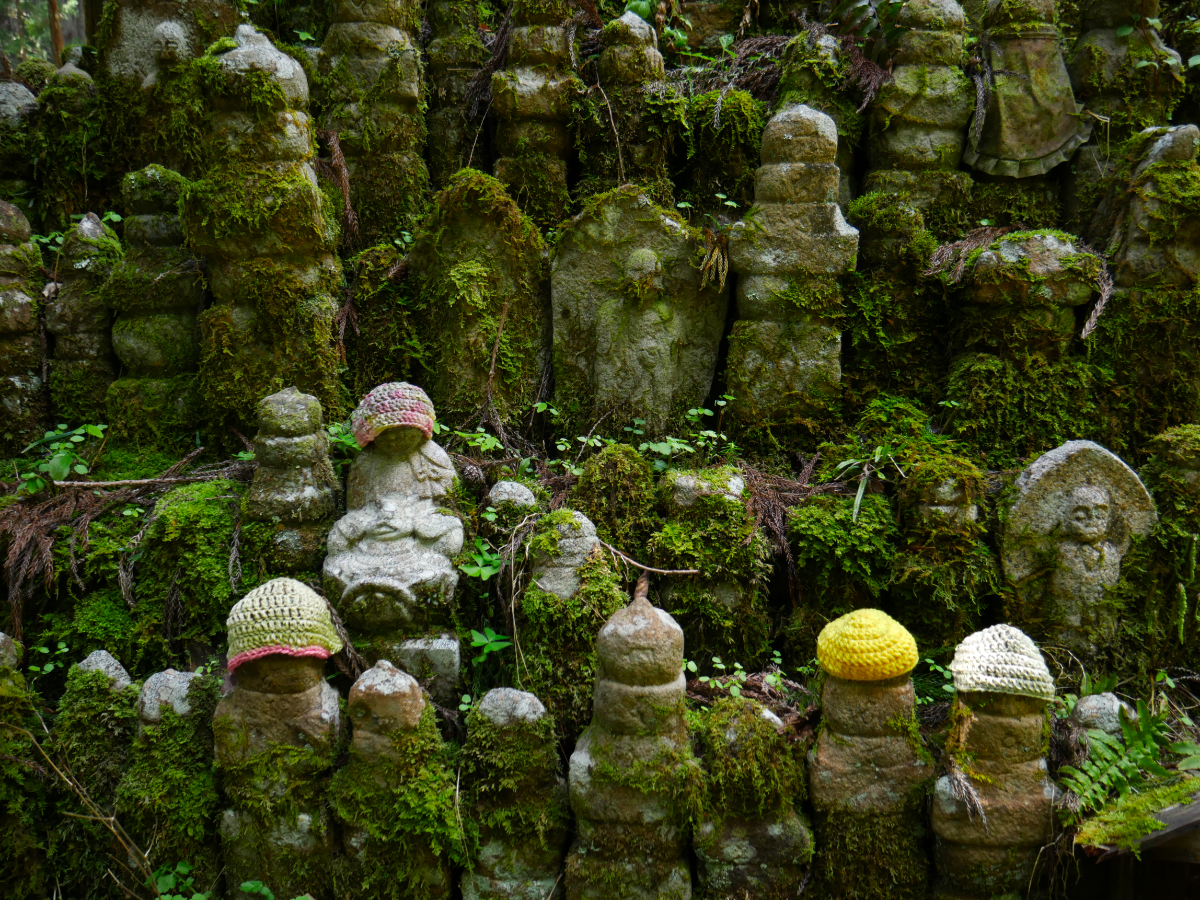


Okunoin is Japan’s largest cemetery, and although the grounds itself contains over 200,000 graves, according to legend, there are no real dead at the resting grounds, only sleeping spirits waiting to rise up again.
As claimed by the Shingon Buddhist School, the famous monk Kukai entered a state of eternal meditation in 835 to wait for the arrival of the future buddha. The prophecy states that when Kukai awakens from his meditation, all the sleeping souls at Okunoin will join him and arise from their graves.
The 2km stretch of tombstones creep into the surrounding forest | Photo by Connie Sceaphierde
Who was Kukai?
Kukai, also known as Kobo Daishi, was a Heian era monk who is known for being the founder of the Shingon school of Buddhism in Japan.
Born into an upper class family, Kukai took part in studying Confucianism, however, around the age of 15, it seems that he lost interest in Chinese studies and instead developed a passion for Buddhism. Buddhism was a relatively new thing in Japan at the time, and not yet accepted into the culture, so much so that the Emperor of the time, Emperor Kammu had banned the religion from his new capital in Heian (modern day Kyoto).
It is said that Kukai had a dream that told him to go to China to study Buddhism under the tutelage of the famous Chinese monk Huiguo.
Beginning his studies in 805, in just a few short months, Huiguo proclaimed Kukai as a master of Buddhism and commanded him to return home so that he could share his knowledge and wisdom.
In 806 Kukai returned to Japan, and thus started the slow process of introducing Buddhism in Japan. Overtime the new religion became accepted in Japan and the specific form that Kukai was teaching was named Shingonism.
After gaining prominence in the imperial court of Japan, he was given permission to build a mountain retreat and temple on Mount Koya in Wakayama prefecture.
In 823, a new emperor was crowned and being fond of Kukai and his teachings, he made Shingon Buddhism a legitimate religion of Japan.
Kukai passed away in 835 whilst meditating on Mount Koya. Following his will, instead of being cremated, as was the norm of the time, he was instead entombed on the eastern summit of Mount Koya. It is said that after some time had passed, some worshippers of Shingon opened Kukai’s tomb and instead of finding his decomposing body, found that he appeared healthy and his hair had even grown. This claim is what started the legend that Kukai is in an eternal state of Meditation as he waits for the arrival of the future Buddha.
Over the centuries the area surrounding Kukai’s Mausoleum has come to be the home of more than 200,000 tombstones. Followers of Shingon Buddhism, and people who greatly admired Kukai have requested burial at Mount Koya, so that they can be close to the great monk.
With so many tombstones lining the approach to Kukai’s mausoleum, the Cemetery has become known as the largest graveyard in Japan, and is very popular amongst tourists.
Toyotomi Hideyoshi is just one of several famous names with a tomb at Okunoin | Photo by Connie Sceaphierde
Inside the Cemetery grounds
Walking through Okunoin is unlike any regular cemetery stroll. The total length of the walk through the graveyard to Kukai’s Mausoleum stretches over 2km from the entrance gate. However, the distance can be cut into almost half if starting from the Okunoin-Mae bus stop, which is incidentally, where many tour buses drop off tourists. For the full 2km length approach, make sure to arrive and cross over the Ichinohashi Bridge.
Both pathways join up at the Gokusho Offering Hall, where visitors can pray to the Bodhisattva Jizo, for the souls of lost loved ones by spraying water over his numerous statues.
Following the statues of Jizo, is the Gobyobashi Bridge, where visitors are expected to bow before crossing into the innermost section of the temple complex.
IMPORTANT NOTE: No food, drink and photography(including filmography) are permitted beyond this point.
Within the central most part of Okunoin is the Miroku Stone and the Todoro Hall.
The Todoro Hall is the main hall of prayer at Okunoin and inside there are more than 10,000 lanterns which are kept eternally lit by the monks at Koyasan.
The Miroku Stone is a stone that can tell whether the soul of person is good or bad. Visitors are encouraged to lift the stone from its enclosure to an upper platform with just one hand. It is said that the stone will feel lighter to those with a good soul, and heavier to those who are bad.
Beyond the Todoro Hall lies Kukai’s Mausoleum, where it is said that he waits in his state of eternal meditation. Every day, meals are brought to the Mausoleum for Kukai by Shingon Monks, which is a spectacle that can be witnessed by visitors to the grounds.
Visitors are not permitted to enter the Mausoleum and are asked to pay their respects outside.
Many amongst those visiting the complex are pilgrims who have walked the ancient Kumano Kodo pilgrimage, and it is not uncommon to see them in deep chants of the mantra outside of Kukai’s Mausoleum.
Visitors can pray for lost loved ones by throwing water on the Jizo gods | Photo by Connie Sceaphierde
How to get to Okunoin Cemetery
To get to Ichinohashi Bridge, visitors can take a short bus ride from the Senjuinbashi intersection in Koyasan town center. Alternatively, it is a 15 minute walk to the start of the 2km cemetery approach.
The complex buildings close at 5pm each day, but visitors can still go inside the cemetery throughout the night, where the moody graveyard atmosphere is heightened. If visiting at night, visitors are asked to upkeep the same respect they would have during daylight visiting hours, and to not eat, drink or use photography in the innermost section of the complex.